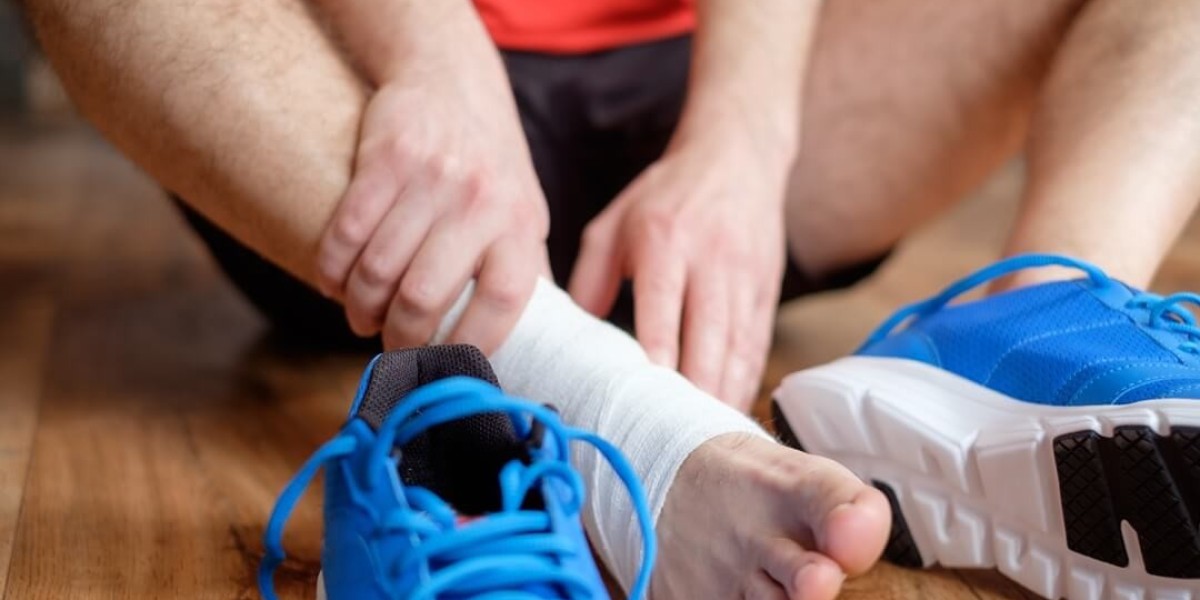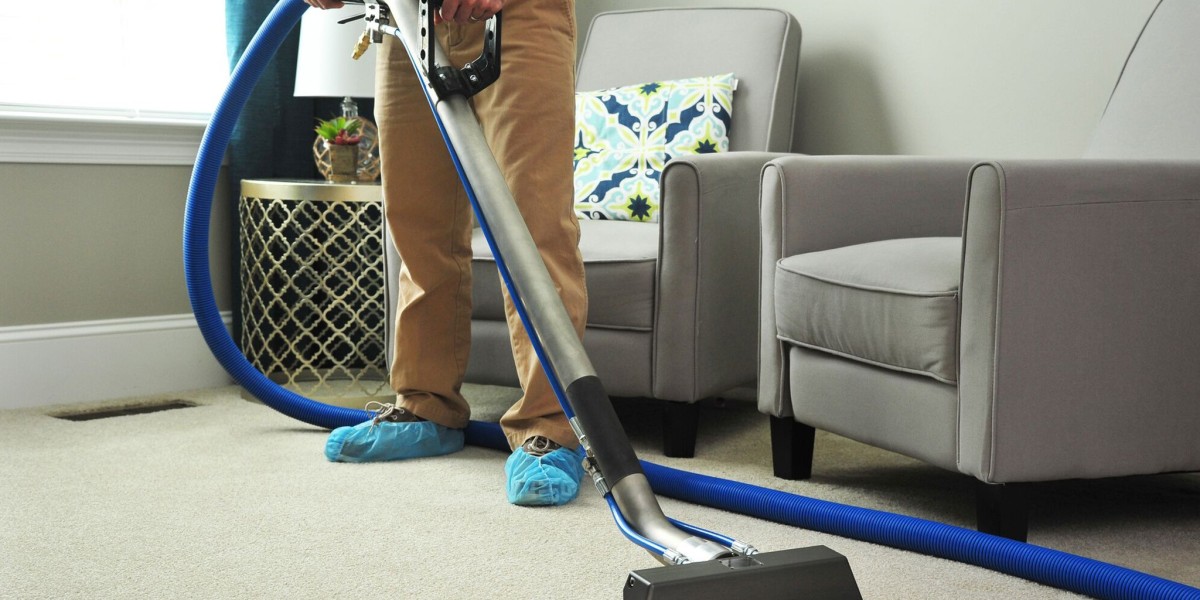Sprained ankles are one of the most common injuries among Singaporeans, affecting athletes, office workers, and even elderly individuals. Whether it happens during a weekend sports game, a misstep on uneven ground, or from daily commuting, ankle sprains can lead to significant pain and mobility issues. While many turn to conventional treatments such as rest, ice, compression, and elevation (RICE), Traditional Chinese Medicine (TCM) offers an alternative and holistic approach that not only targets the injury itself but also promotes long-term healing and balance within the body.
In Singapore, where modern healthcare coexists with time-honored traditions, TCM treatment for sprained ankle has gained increasing recognition. Clinics offering TCM therapies are seeing more locals seeking natural solutions that go beyond short-term relief. This article explores how TCM treatment helps with sprained ankle recovery, its methods, and why it has become a trusted option in Singapore.
Sprained Ankle
A sprained ankle occurs when the ligaments supporting the ankle joint are overstretched or torn, usually due to twisting or rolling of the foot. Symptoms include:
Pain and tenderness
Swelling and bruising
Difficulty bearing weight
Reduced mobility
If not treated properly, a sprained ankle can lead to chronic instability, recurrent injuries, and long-term joint problems. This is why effective management and rehabilitation are crucial.
The TCM Perspective on Ankle Sprains
In Traditional Chinese Medicine, injuries such as ankle sprains are not viewed solely as mechanical damage but also as disruptions to the body’s flow of Qi (vital energy) and blood. TCM theory suggests that when the ankle is sprained, Qi and blood stagnation occurs around the affected area, leading to pain, swelling, and reduced healing capacity.
The main treatment goals in TCM are:
Reducing pain and inflammation by restoring smooth Qi and blood circulation.
Eliminating stagnation to prevent chronic weakness in the ankle.
Strengthening ligaments and tendons for long-term joint stability.
Balancing the whole body to prevent recurrent injuries.
TCM Methods for Sprained Ankle Treatment in Singapore
1. Acupuncture
Acupuncture is widely practiced in Singapore TCM clinics and is often the first line of treatment for ankle sprains. Fine, sterile needles are inserted into specific acupoints around the ankle and along the meridians that influence the lower limbs.
Benefits:
Reduces swelling and pain
Stimulates natural healing
Improves circulation around the injured area
Prevents stiffness and scar tissue formation
2. Herbal Medicine
Herbal prescriptions play a major role in accelerating recovery. In Singapore, licensed TCM physicians often prepare personalized herbal formulas in the form of teas, powders, or topical pastes.
Herbs like Hong Hua (Safflower) and Dang Gui (Angelica) improve circulation.
Ru Xiang (Frankincense) and Mo Yao (Myrrh) help reduce swelling and pain.
Herbal patches and poultices are also applied externally to enhance local healing.
3. Tui Na (Therapeutic Massage)
Tui Na is a specialized form of massage used in TCM to restore balance and improve musculoskeletal health. For sprained ankles, practitioners use techniques such as kneading, rolling, and pressing to:
Release muscle tension
Reduce stiffness in the ankle
Improve range of motion
Promote faster recovery
4. Cupping Therapy
Cupping, although more commonly associated with back pain, is also used for ankle injuries. Suction cups are applied near the affected area to encourage blood flow, reduce stagnation, and ease pain.
5. Moxibustion
Moxibustion involves burning dried mugwort (Ai Ye) near acupuncture points to warm the area and improve circulation. For ankle sprains, it helps reduce cold stagnation and speeds up tissue repair.
Why More Singaporeans Choose TCM for Sprained Ankle
1. Holistic Healing
Unlike conventional methods that focus mainly on pain management, TCM looks at the root causes and overall body balance. This reduces the risk of recurrent ankle injuries.
2. Natural Pain Relief
Many prefer TCM treatments for their natural approach without relying heavily on painkillers or anti-inflammatory drugs. Herbal remedies and acupuncture provide relief with minimal side effects.
3. Personalized Care
In Singapore, TCM physicians tailor treatments to each patient’s condition. A mild sprain may only require herbal patches and rest, while a more severe case may need a combination of acupuncture, herbal medicine, and Tui Na.
4. Preventing Chronic Instability
One of the biggest risks of ankle sprains is developing chronic ankle instability. TCM helps strengthen tendons and ligaments, ensuring long-term joint stability and preventing future sprains.
5. Integration with Modern Medicine
Many Singaporeans appreciate that TCM can complement conventional care. For example, a patient may use the RICE method immediately after injury, followed by TCM therapies to accelerate recovery.
What to Expect During a TCM Consultation in Singapore
When you visit a TCM clinic in Singapore for a sprained ankle, the consultation typically includes:
A detailed assessment of the injury and medical history
Pulse and tongue diagnosis to check for Qi and blood stagnation
A personalized treatment plan, which may include acupuncture, herbal medicine, or massage
Advice on lifestyle, diet, and exercises to aid recovery
Patients are usually advised to rest the ankle but not to completely immobilize it, as gentle movement aids recovery. Depending on the severity, treatment may last a few weeks to a few months.
Tips for Supporting Recovery Alongside TCM
Rest but move gently – avoid overstraining but maintain light mobility.
Elevate and compress – reduce swelling with proper support.
Eat nourishing foods – TCM recommends foods that improve circulation, like ginger and red dates.
Do strengthening exercises – once pain subsides, light exercises help restore ankle stability.
Conclusion
Sprained ankles can disrupt daily life, especially in a fast-paced city like Singapore. While conventional treatments provide quick relief, Traditional Chinese Medicine offers a deeper, more holistic approach that not only heals the injury but also strengthens the body to prevent recurrence. Through acupuncture, herbal remedies, Tui Na massage, and other therapies, TCM addresses both the physical and energetic aspects of recovery.
For Singaporeans looking for natural, personalized, and effective healing, TCM treatment for sprained ankles has proven to be a reliable option. By combining traditional wisdom with modern healthcare, individuals can experience faster recovery, reduced pain, and long-term ankle health.













